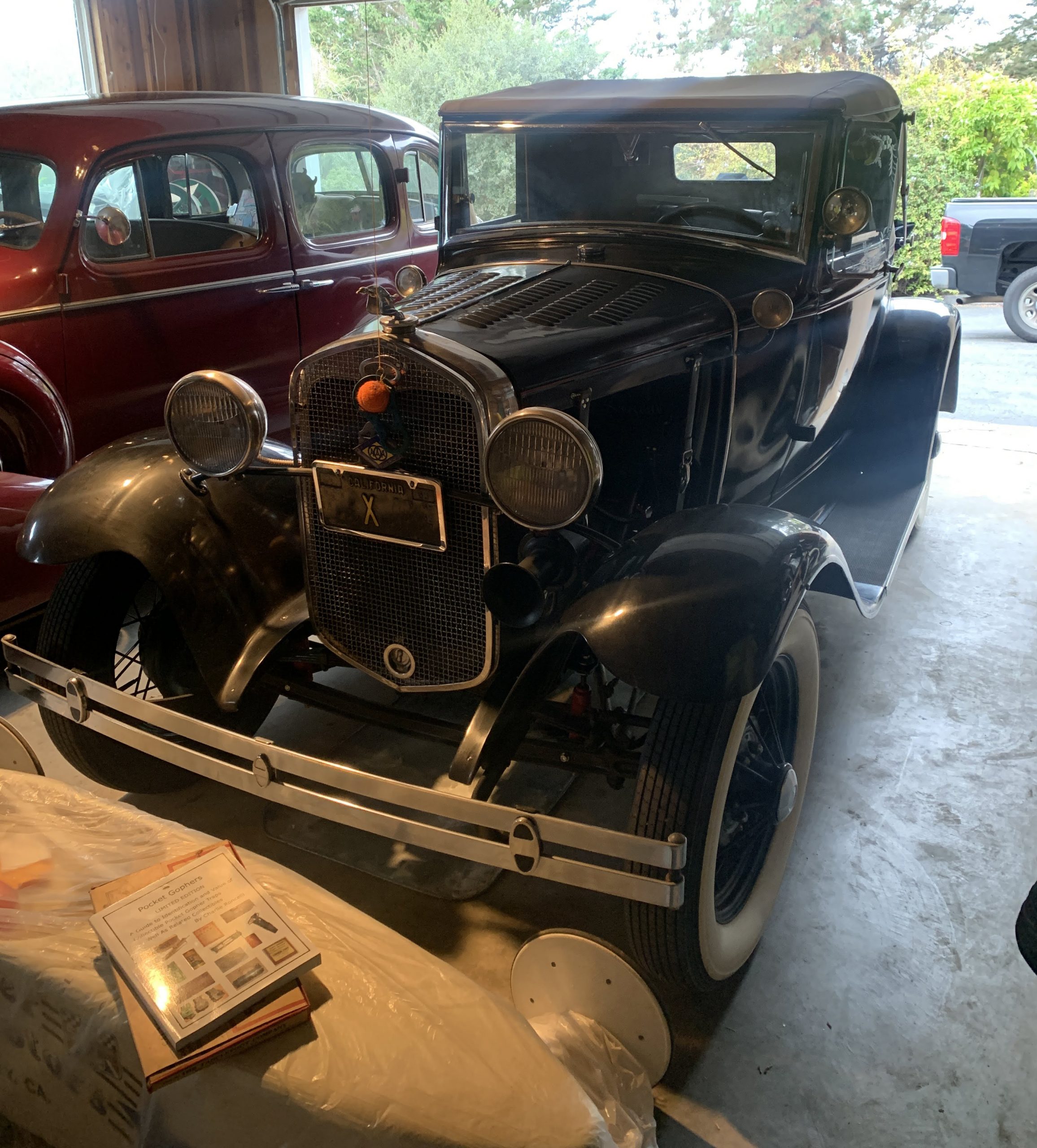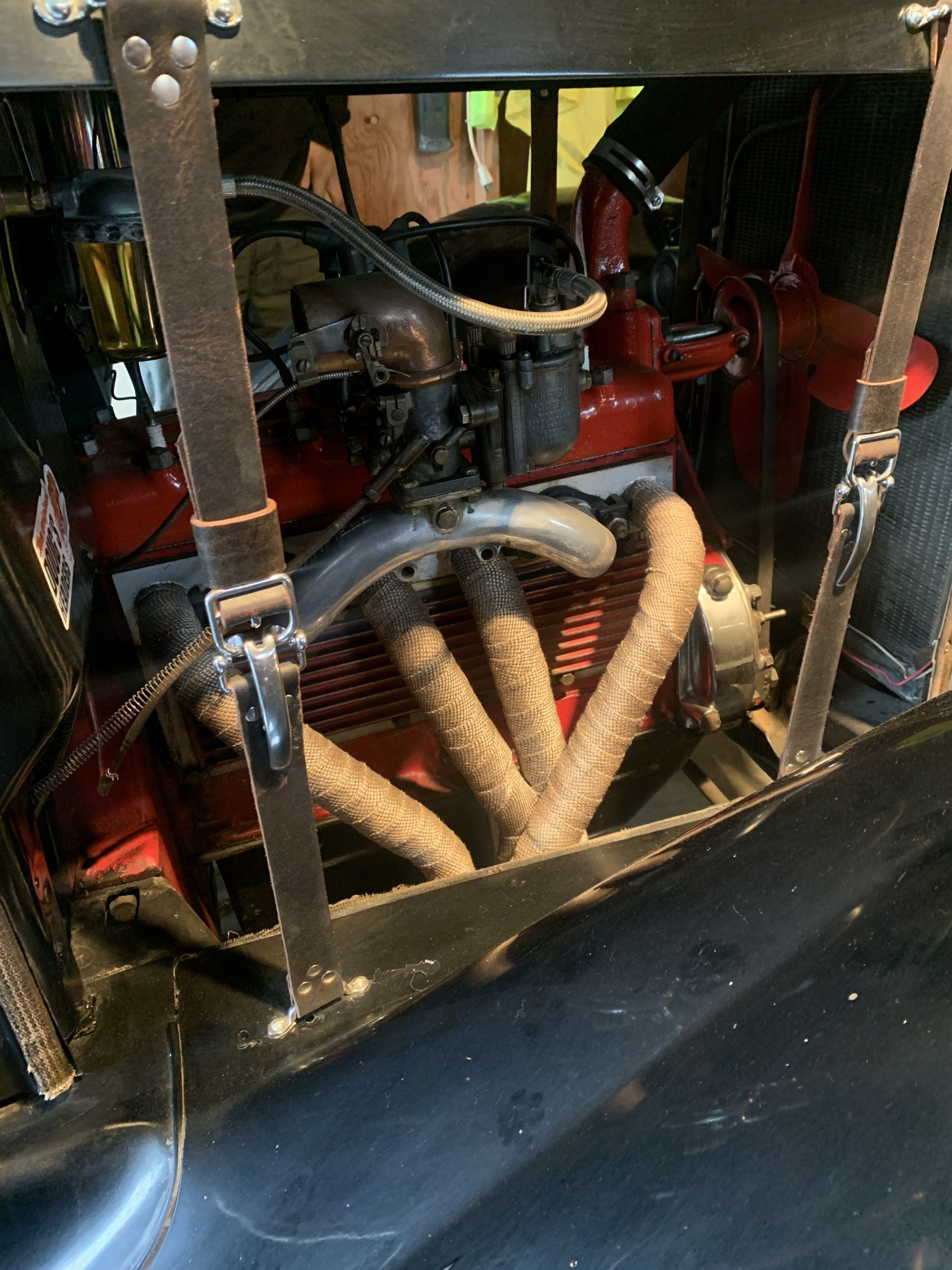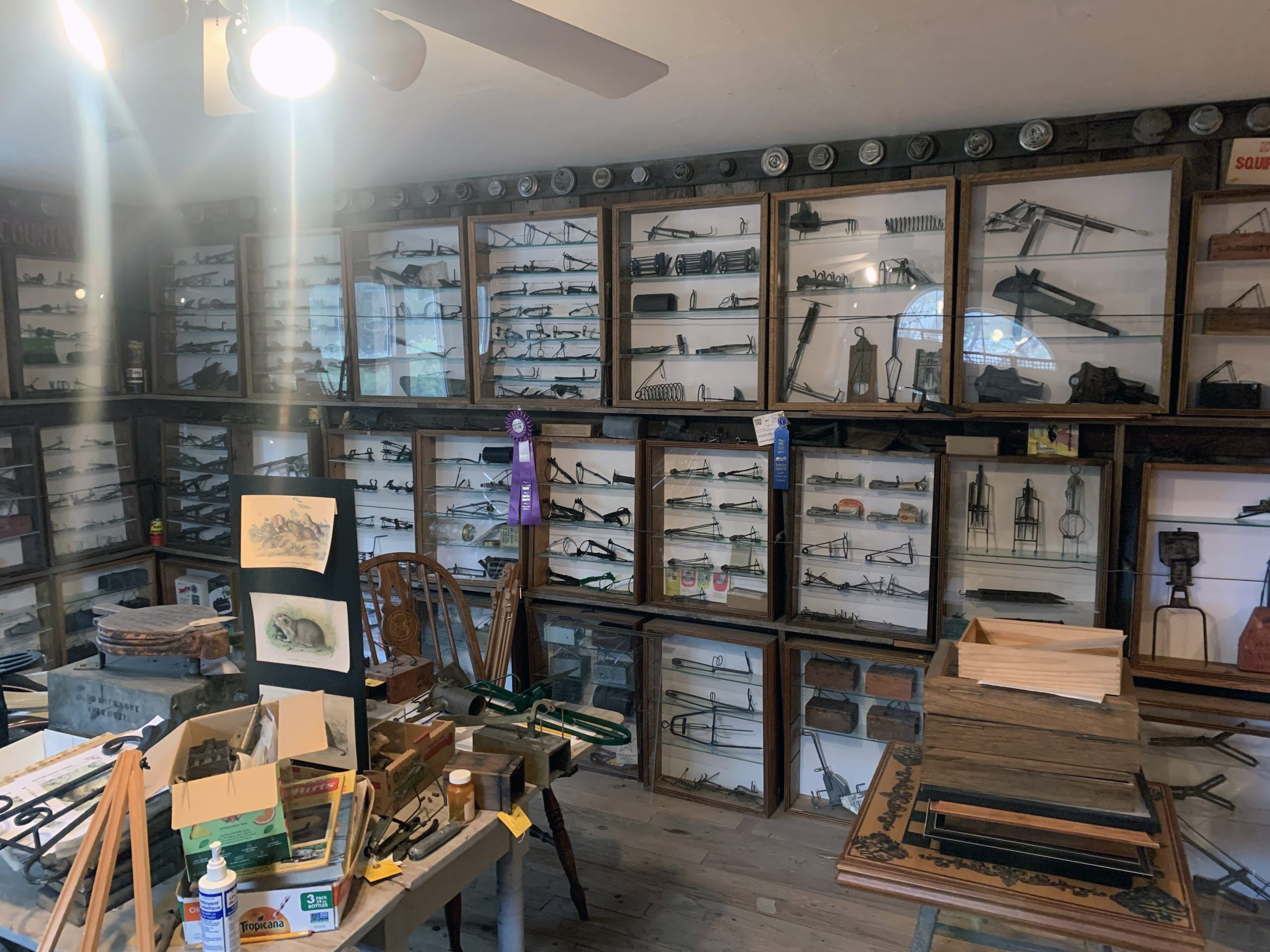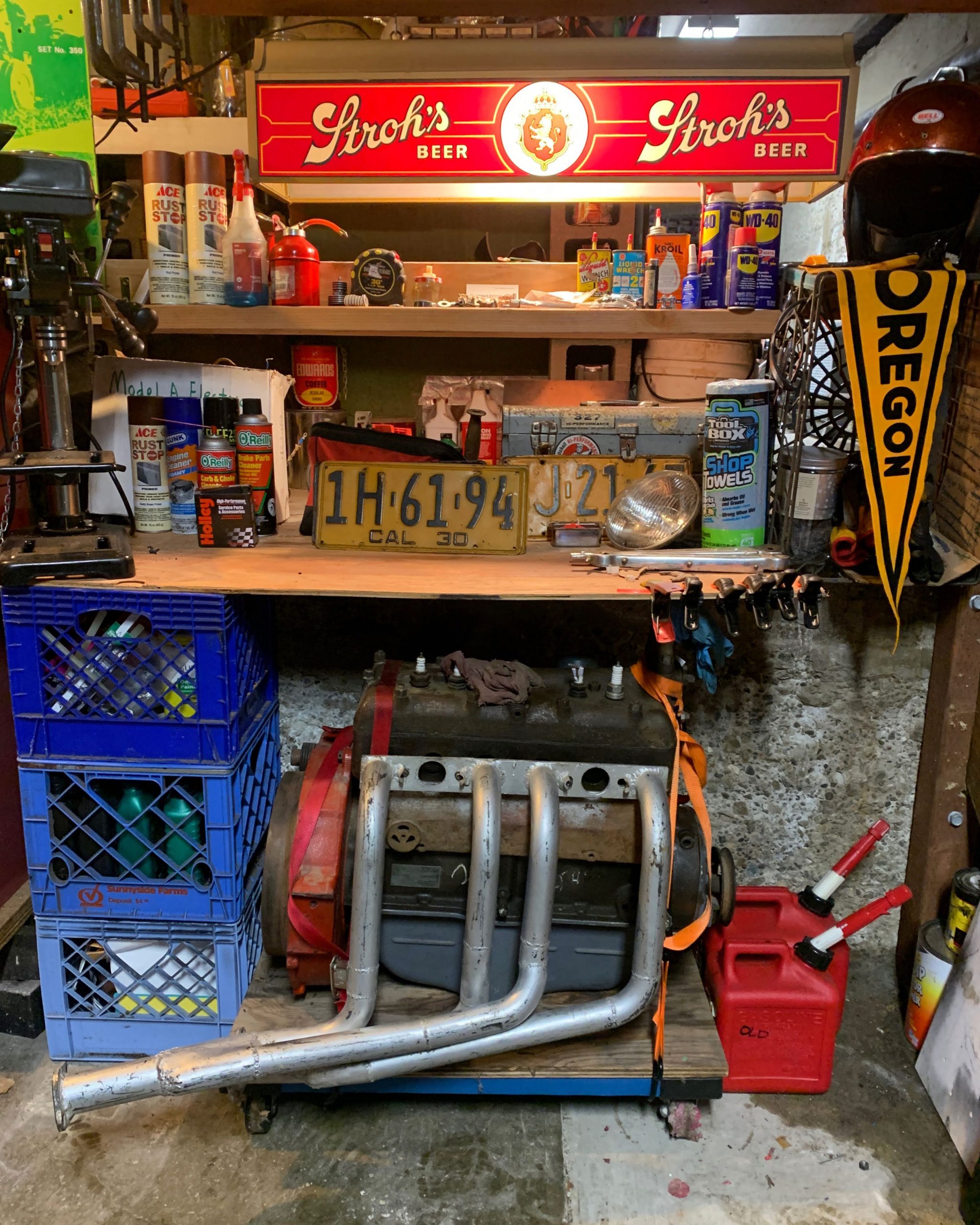Digging up the Gopher Motor
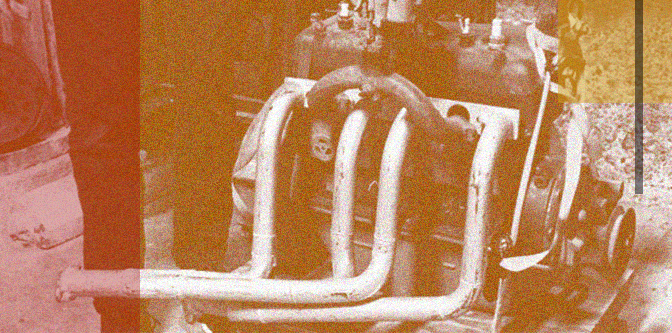
My roommates may beg to differ, but I don’t own that many things. I’m not much of a collector and, to be perfectly honest, I can’t afford to be at this point. Living in the city of San Francisco, space and money are constantly battling each other for the title of “which is more of a problem today.” Having a one-car garage forces me to be picky about what I pick up. In the beginning, I resented that fact. Now, I embrace it.
Over the past five months, I’ve been chipping away at a Model A roadster project. Since I’m new to the building process, I’ve been pretty cautious about my purchases. Whether it’s a fuel line fitting or a set of tires, I spend a whole lot of time researching to make sure I 1) don’t waste my money and, 2) get stuck with something that takes up valuable space. What I buy gets used. What I don’t gets sold ASAP. No regrets, right?
There’s no questioning that we’ve all become more careful in the past year, which is a great thing. For the most part, my days and nights are spent at home scheming, dreaming and searching the Internet for the next pieces of my Model A puzzle. The other day, I stumbled upon a Facebook ad that had been up for nearly six months. The seller had Houdaille friction shocks for $15 a pop, plus some other pieces out in the barn. His house was an hour and a half away but, after talking to him, I knew it was going to be worth the trip. Why? I’m not exactly sure.
Packrat Crossing
On a gray San Francisco Saturday, my friend Yama and I jumped in my truck and hit the road. For the next 100 miles, we talked projects, fabrication and racing, and we wondered what we were going to find. It rained. By the time we reached our destination, the drizzle had turned to a light mist. We peered down the long driveway, and we noticed a sign that read “Packrat Crossing.” A heavy duty antique cannon marked the entrance, and it appeared as if there were several buildings and a couple of donkeys residing on the property. We agreed that this must be the place.
As soon as we stepped onto the asphalt, we were greeted by a tall gentleman in a wide-brimmed bucket hat and oversized flannel shirt. A mask with prints of horses covered his face. He introduced himself and motioned for us to follow him. We did. (It’s important to note that he asked that I do not include his name in this story. For the time being, let’s just call him E.)
E is 80 years old and has lived in the area all his life. He knows the surrounding forests, creeks, ponds and other topographical features like the back of his hand. He knows every road, path and ridge, as well as just about every species that calls the area home.
At this point, we’re standing outside his home. E opens the garage door to reveal a pair of cars. One is a fat fendered, wine-colored Buick sedan. The other is a black lacquer Model A cabriolet. “I’ve had this one 57 years,” he tells us, running his hand over the rear quarter panel. “I got it as just a body—and at one point it had been converted into a truck.” Through the decades, he collected the parts to turn it into a full-fendered, early style hot rod.
It’s exquisite from stem to stern, but the real highlight was the hopped-up Model C four-banger. E informed us that it had a hot cam, counterbalanced crank, Winfield high-compression head, Winfield carb and a tube header from Doug’s. “Let’s see if it’ll fire up,” he said. And so, E hopped into the brown leather cabin, rattled the die shifter (to make sure it’s not in gear, he said) and cranked the starter with his left foot. The engine rumbled to life. With the header, full-length duals and shorty mufflers, the engine sounded healthy at idle and plenty mean when he rapped on the throttle. “Note how the engine’s not shaking a lot,” he told me. “That’s because of the counterbalanced crank.” The whole thing was very impressive.
Powerplants & Pocket Gophers
Beyond the cars, E’s garage was filled with engines. (As a matter of fact, his whole property was.) But they weren’t car engines. Instead, they were antique hit-and-miss engines dating back to the late-1800s—a time, he told us, when steam power was on its way out and gasoline engines were just entering the picture. Yama and I pored over the powerplants, examining the details. Polished carburetors. Glass fuel bowls. Cloth-wrapped wiring. Wico magnetos and more. E said that at one point he had 150 of these miniature mechanical marvels. We learned that he has displayed them at shows around the region with a great deal of success.
There’s one rule at E’s property, and that’s that all engines must run. “If it doesn’t run, that’s my project for next week,” he said matter-of-factly. He comes from an era where everything had a distinct purpose, and he carries that mentality on to his machines, both big and small. I like that.
As we stood by the Model A, I noticed a vintage soapbox derby racer parked a few feet away. E told me that it was built in the late-’50s or early-’60s. While we studied it, he bent down and picked up a book that was resting atop the car. “This,” he said, pointing to the cover, “is the real story.”
E’s passion for all things antique and mechanical runs deep, and he says this book was one of his biggest projects to date. The subject? Pocket gopher traps. Prior to this trip, I hadn’t given too much thought to the lowly pocket gopher. According to the National Wildlife Federation, these unique little rodents get their name from their fur-lined cheek pouches. E says they are especially prevalent here in Northern California, and they wreak havoc on crops and gardens. He spent two years researching, writing and documenting their history.
Walking up the wooden stairs into the room above the garage, Yama, E and I pass part of the spark plug collection, the antique tool collection and the license plate collection. I scan the room. Hubcaps line the ceiling and everywhere you look there are glass cases. In those cases are gopher traps. More than a hundred of them, all neatly arranged in rows. Some are labeled, others are not. Big ones. Little ones. Ones with pistols and ones with spikes and ones that resemble miniature medieval torture devices. No, these aren’t just some traps. These are award winners! Purple and blue ribbons are pinned to two of the cases. They are—without a doubt—the world’s finest!
E’s collection comes from farm sales, garage sales, auctions and neighbors. His interest in gopher hunting dates back to his childhood years, when his neighbor paid him to take care of the overpopulation on their land. With his trusty .22 in hand, he soon realized that it paid a heck of a lot better than picking berries out in the hot California sun.
Taking Home Treasure
Halfway through our visit, we walked down to the barn and I picked up my shocks. Not long after, we fired up his in-progress ’28 Model A speedster that he was looking to pass on to a new home. Yama and I both agreed that, if we had the space, we would be tempted to take him up on his offer.
So, there was one last order of business down on E’s property. In our initial correspondence, he mentioned that he had two Model a four-cylinders. One was the freshly rebuilt banger in the speedster and the other was a total mystery. Examining the photos, I discovered there was a small metal tag riveted to the block. That piqued my interest.
Well, when we were on our tour, he showed me the engine. I asked him about its origin, and he said he had gotten it from someone locally and hadn’t done anything with it. He did, however, turn it over with the starter and conclude that it had a hell of a lot of compression. I don’t exactly need another engine for my Model A, but this one seemed too good to pass up.
Throughout the trip, I thought about the engine. And when we were getting ready to leave, I asked if I could take one last look. I pulled one of the spark plugs and peeked inside. It’s hard to say for sure, but it appeared as if it had never been fired after the rebuild. No gunk. Just clean valves. That did it for me. We struck a deal. “There’s one thing,” I said. “Do you have an engine hoist?” E nodded and—if I were to guess—I would say he was smiling.
Moments later, spark plugs one and four were gone and heavy eye-hooks were in their place. Like a factory worker at Ford’s River Rouge, E linked them with a chain, pressed a button and lowered a winch down from one of his carport’s roof beams. With my truck in position, we guided the engine into the bed.
It was dark by the time Yama and I arrived back at my house in San Francisco. Seeing that I don’t have an engine hoist, we thought about potentially sliding it down the motorcycle ramp to safety. Even then, we knew that wasn’t a great idea. Luckily, my two roommates offered to help. With four of us, we were able to easily bring the engine back down to earth. Best of all, it fit perfectly beneath the workbench.
As I’m sure you can imagine, I was pretty excited to share the story of my newest acquisition over dinner. Initially, I felt a little guilty for taking up so much garage space with a 90-year-old engine that I may not even use. Does that make me a hoarder? At that moment, my friend Darragh said “Joey, it’s a good thing you got that engine today. I can tell that if you didn’t, you’d already be planning a way to go back there and get it.” She was exactly right.

A great haul from a great hot rodder. The custom tube header came off an old Canadian hot rod and will be used on my roadster soon.
Digging Deeper
That night, I stayed up until 2 a.m. digging into the backstory of my new Model A banger. The tag indicated that it was rebuilt by Berkeley Automotive Center, which was located just across the bay in Berkeley, California. At first, I thought it could have been an industrial stand engine, but the VIN suggests otherwise. According to Steve Daily’s production numbers, it rolled off the line on November 19, 1930.
I scoured city directories from Oakland, Alameda and Berkeley ranging from the early-’40s through late-’60s. Nothing. What’s strange is that the tag is stamped with the date 301. If Berkeley Automotive Center was rebuilding engines in 2001, I feel like there would be some record of them online. It couldn’t be January 1930, because the engine wasn’t even finished by then. So, it remains a mystery—and I can live with that for now.
Even if I hadn’t bought anything, I’m glad I opened up that Facebook ad. People always ask me why I like hot rods so much. Well, it’s stories like this where I can see new corners of the world, meet interesting folks and fall into places where the truth is indeed stranger than the fiction. That’s why. Let’s keep digging.
—Joey Ukrop
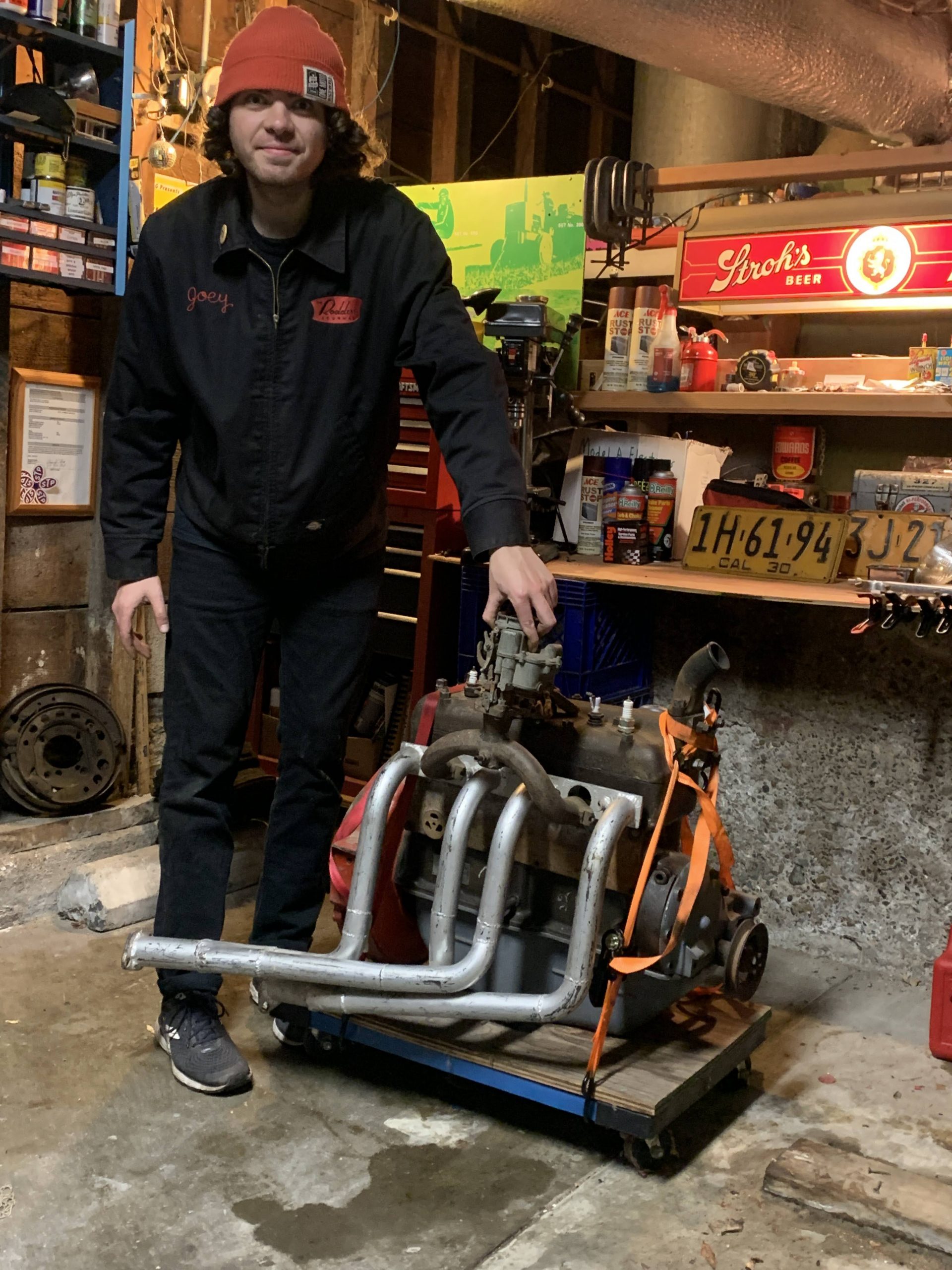
As you can tell, I’m excited about all of this madness. Below, we have a handful of bonus photos. With any luck, we’ll have more from E in the not-so-distant future.
